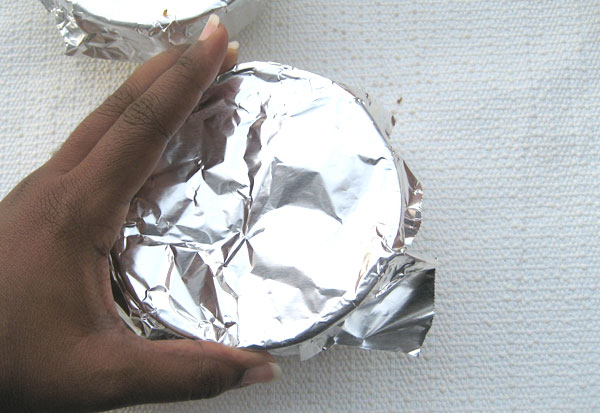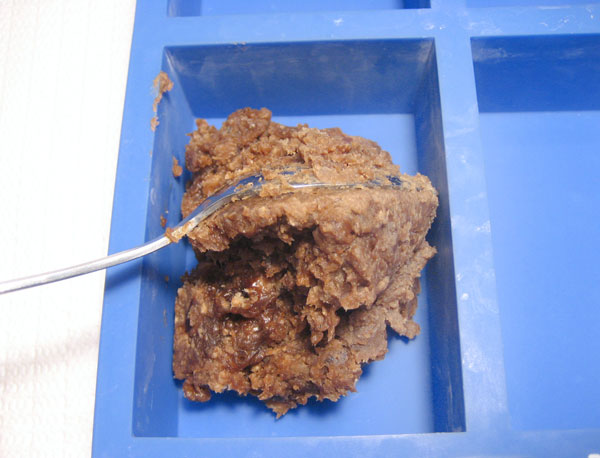Homemade Bubble Bath Recipes
-via home remedies
Homemade Bubble Bath - Natural Bubble Bath Recipes, Fun, Simple, Great For Your Skin & The Whole Family Can Enjoy!
I'll show you some bubble bath fun for kids, milk bath recipes, Castile soap recipes, a bath bomb recipe and more!!
I like using Castile Soap in my homemade bubble bath recipes because it is made from olive oil instead of animal fats which can be found in many other soaps.
Castile Soap originated in the Castile region of Spain and has been around since 1567.
You can find it in most all health type stores and available in liquid or bar form, providing more options for the user.
I buy the plain (it can come in eucalyptus, peppermint, lemon, etc) to avoid competing with the use of essential oils.
O.K., time to get started!!!
Homemade Basic Bubble Bath Recipe
(Use ¼ Cup of your favorite recipe for a special bath treat!)
4 Cups Water (distilled is a better choice than tap – stays fresh longer or boil water first, allow to cool)
1 Cup liquid Castile Soap
5 drops of essential oil of your choice.
Keep in mind, do you want your bubble bath to be relaxing? (lavender, clary sage, geranium, bergamot, sandalwood)
Invigorating? (Eucalyptus, Lemon, Peppermint)
Relax sore muscles? (bergamot, ylang, ylang, eucalyptus)
Calm irritated skin? (lavender, peppermint, tea tree)
I would recommend mixing just the water and soap, pouring solution into a glass or plastic bottle and with each bath, you can add the essential oil(s) of your choice at that time....Add oil after filling tub and give a quick hand stir before entering.
Homemade Simple Coconut Milk Bath
1 C Coconut Milk - Simply add to your bath, stir by hand before entering. Of course you can also add 5 drops of essential oils or simply enjoy the soothing and moisturizing benefits of a coconut milk bath.
Option: You can also add 1/2 C of Rose Water or 1 C Rose petals. Learn how easy it is to make your own rose water.
Homemade Coconut Oil Bath
(substitute coconut oil with almond oil if you don’t like the coconut scent)
Use ¼ Cup per bath
4 Cups Water (distilled or boiled first, let cool)
4 oz. liquid Castile Soap
3 oz. Coconut oil
Pour ingredients into a glass or plastic bottle, give it a good shake to mix.
Homemade Vanilla & Honey Bubble Bath
Use 1/4 C per bath
1 Cup Almond Oil
½ C honey
½ C Castile soap
1 T Vanilla
In a sauce pan on low heat, stir the almond oil and honey 3-4 mins. (just want it warm and mixed)
Remove and let cool 10-15 minutes.
Add Castile soap and pure vanilla extract then stir and transfer to glass or plastic bottle.
Honey helps our skin retain the moisture from the almond oil and both provides nutrients to our skin (vitamin B, C & riboflavin along with beneficial minerals)
Homemade Dry Bubble Bath Mix
2 Cups Powder Milk
1 C Cornstarch (good for itchy skin)
4 oz Castile Soap flakes (grate from bar soap - using a cheese grater)
Add 5 drops of essential oil and mix well.
Sprinkle desired amount in bath and stir by hand before entering
Bath Bomb Recipe
Ingredients Needed:
1 C Baking Soda
1/2 C Citric Acid
1/2 C Corn Starch
1/3 C Epsom Salt
15 drops essential oil
Witch Hazel or water (in a spritz/spray bottle)
Mix dry ingredients well - (sifting will prevent clumps) Add essential oils and mix well.
Putting it Together -
Begin by mixing together your dry ingredients. Sifting each ingredient as it is added will help to prevent clumps. Sprinkle essential oil over the powder and mix some more. (15 drops max)
Spritz (with a squirt bottle) the witch hazel onto your mixture while stirring. When it starts to stick together, it's time to mold. Do this quickly.
Put the bombs in molds or use ice cream or melon ball scooper – wait a few minutes and tap them out. Let them air dry for 3 or 4 hours and voila! (good to let air dry another 24 hrs. before wrapping in plastic - good for several months)
If you want to soften your bath water, use 2 T of light oil mixing in with essential oils.

















